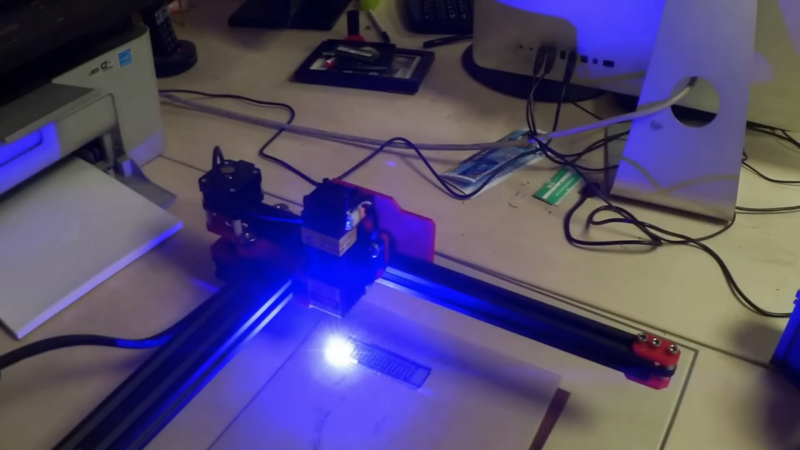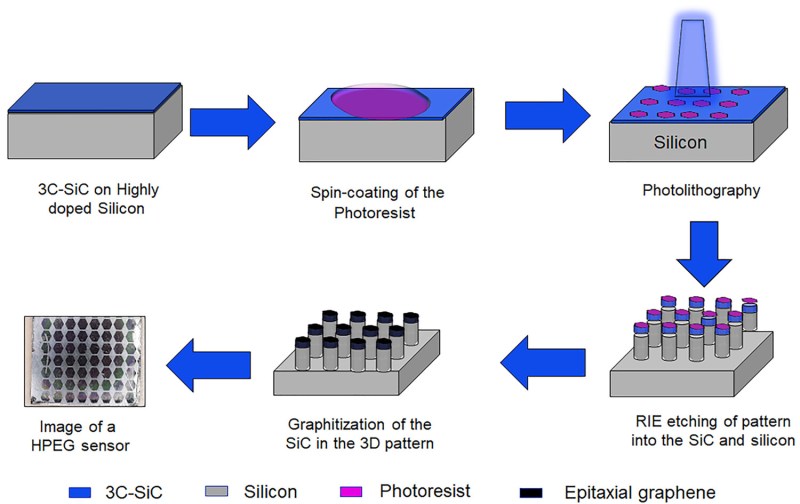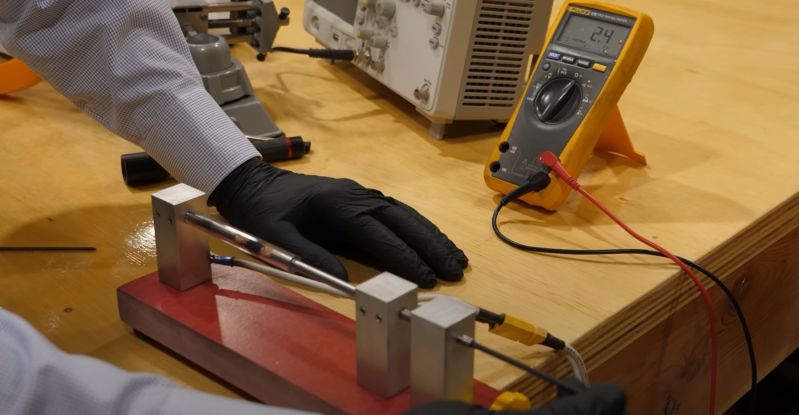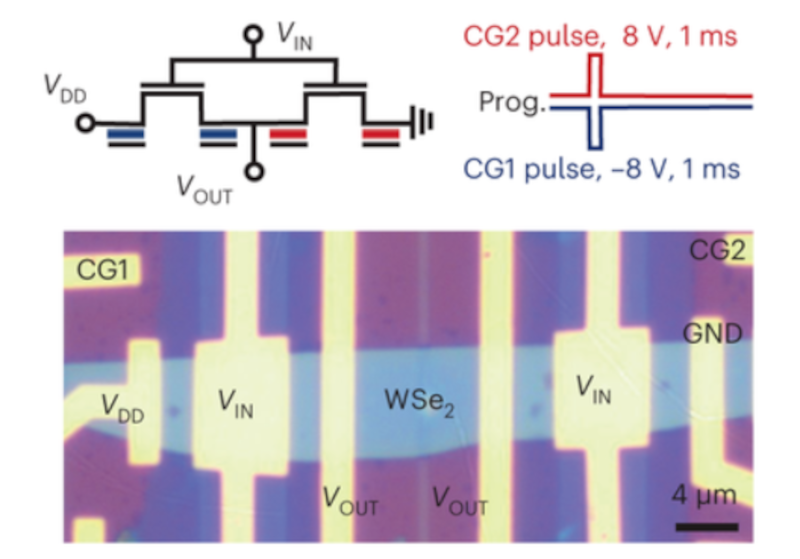Easy Graphene Production with a Laser Engraver

Graphene isn’t easy to produce at scale. But making small batches of graphene is doable in a few ways. [Robert Murray-Smith] decided to try producing “flash graphene.” This requires a …read more Continue reading Easy Graphene Production with a Laser Engraver


